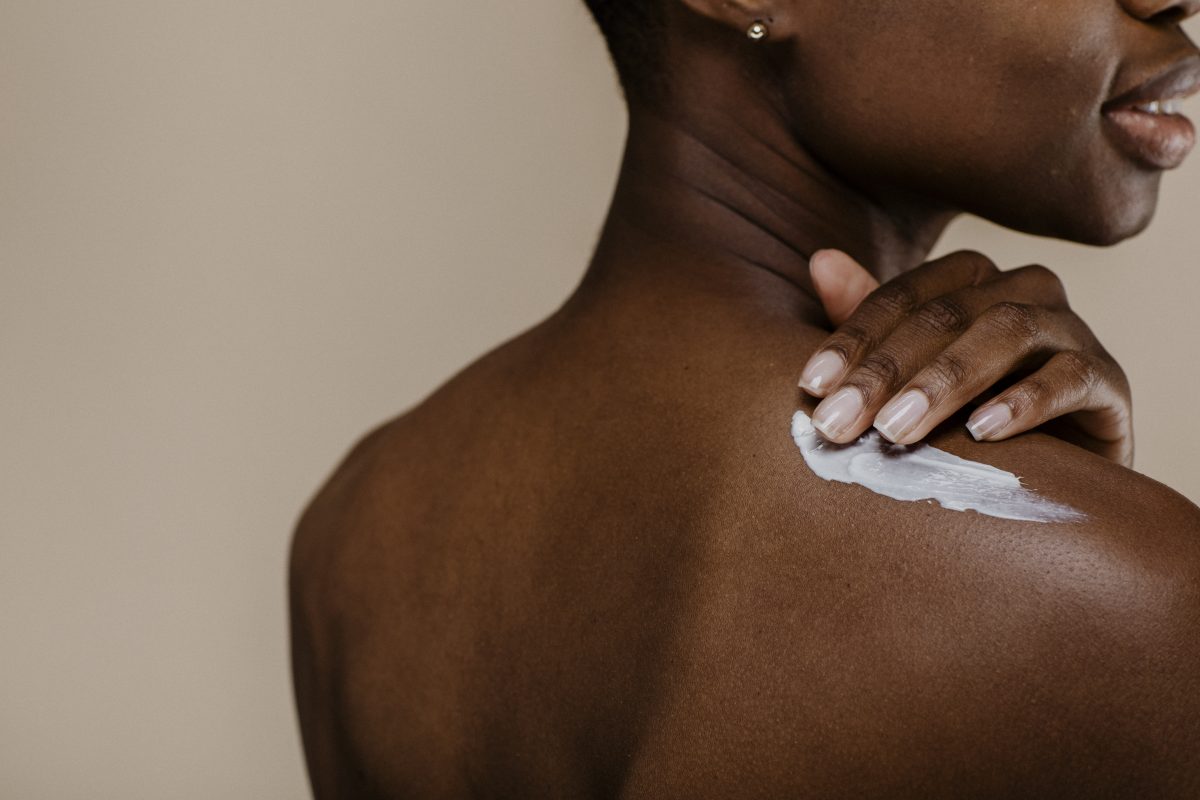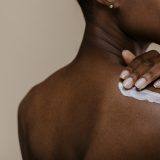Reducing Your Risk of Lymphedema

Preventive Care for Reducing your Risk of Lymphedema
Has your doctor told you that you might be at risk of lymphedema? Perhaps you’ve been through cancer treatment that involved lymph node biopsy or removal, or radiation therapy. Or maybe you have gone through a serious injury or burn. Lymphedema can occur after something damages the lymphatic system. Since the lymphatic system moves fluid though the body, injury to it can make the fluid not flow properly. This can lead to abnormal swelling that develops past the injury point.
Fortunately, there are many easy preventive care steps you can take to lessen your chance of developing long-term swelling. Here are some basic steps for reducing your risk of lymphedema. Of course, staying consistent in your self care is key to maintaining the desired results.
Skin Care
Risk Factors: Infections, exposure to extreme temperatures
Protect your skin from injury and extreme heat and cold. Your skin is often dryer in areas affected by lymphedema and more susceptible to damage or infection. Even things like small cuts, bug bites, and sunburns can create more risk. So here are a few simple things you can do to protect your skin. You can keep your nails trimmed to avoid scratching yourself. Going forward, you can switch to receiving injections on a limb that has no damage. Use sunscreen to avoid sunburn. Similarly, you can use a fragrance-free, low-pH lotion such as Eucerin or Aquaphor to moisturize and help prevent infections. Avoid things like the hot tub or sauna.
Nutrition and Exercise
Risk factors: too much salt, inactivity, obesity
No specific diet exists for people with a higher risk of lymphedema, but most nutritionists recommend a low-sodium, low-fat diet. Eating too much salt can lead to swelling.
Doing exercise and muscle movement will help regulate lymph flow. The pumping of your muscles helps pump the fluid. You can do any type of gentle movement that your doctor approves. Walking, swimming, and yoga are great ways to get the body moving. However, think about avoiding high-impact activities like boxing that can damage tissues. Don’t forget to wear your compression garment while exercising! The combined movement plus compression gives you extra oomph.
Lastly on this topic, obesity is known to contribute to stress on the lymphatic system. So managing your weight through healthy eating and activity can help lower your risk factors.
What (not) to wear
Risk factors: constriction
You’re trying to avoid things that press on the area. So, avoid wearing tight clothing, especially tight undergarments. Even check that your jewelry is not too tight. Switch your blood pressure tests to a different limb. Get a good fitting compression garment with the guidance of a professional and then wear it. Rather than constricting, these garments move with you to massage the area. Wash your compression garment regularly, and replace it every six months. Check in every year or so to make sure you still have the best compression wear for your needs.
Air Travel
Risk factors: pressure change, inactivity
If you take a trip by air, you can double down on all your self care. Make sure you wear your compression gear and move as much as possible. At mealtime, watch your salt and stay hydrated. Wear loose, comfortable clothing, and try to arrange for seating with more leg room, if possible.
Although having an elevated risk should be taken very seriously, there are many daily habits that can help in reducing your risk of lymphedema. These are just a few ideas to get you started, however, your care team or CLT can give you further guidance. Oh yeah, and if you are getting massage or exercise with an elevated risk, be sure to let your person know so they can plan accordingly!
Related Topics:


